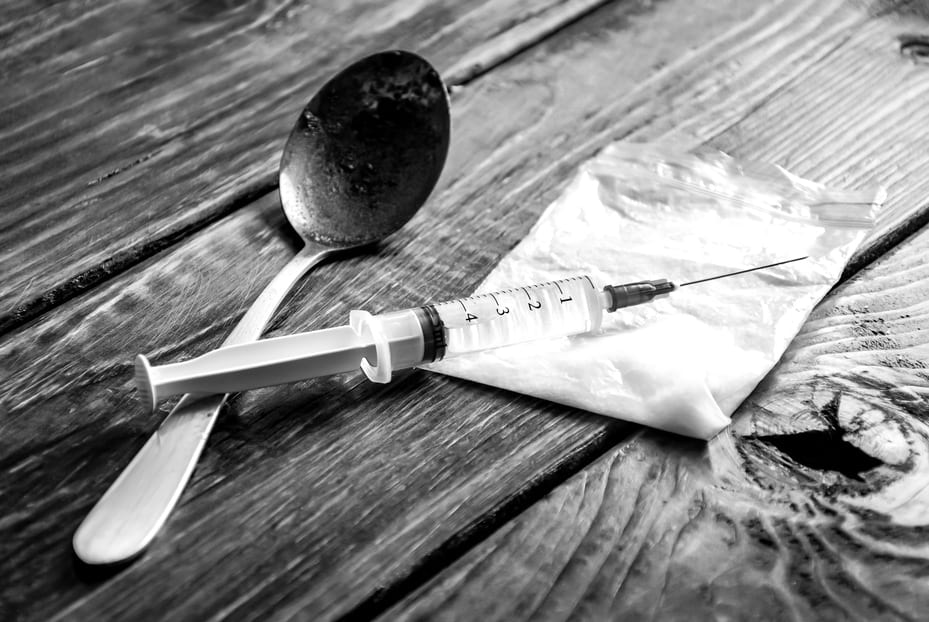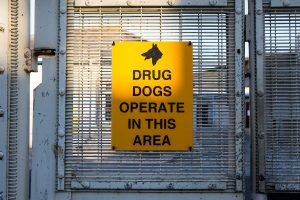Public Health England issued a very useful briefing on Monday (13 January 2020) on the latest intelligence on the health harms associated with drug use. This information is based on a meeting of the National intelligence network (NIN) which is made up of representatives from drug treatment services, local authority public health and commissioning teams and national professional membership bodies.
The briefing focused on three main issues:
- Drug-related deaths
- Reducing injecting-related harms and barriers to care among marginalised groups
- Peer harm reduction in the UK
Drug-related deaths in England
The Office for National Statistics (ONS) reported that there were 4,359 deaths due to drug poisonings in England and Wales registered in 2018, a rise of 16% on the previous year. It also reported that 2,917 of these were deaths from drug misuse: an increase of 17% from 2017.
More information is included in the ONS report on deaths related to drug poisoning in England and Wales.
These are the highest numbers on record and part of a continuing trend which goes back to 2012. The trend is primarily driven by heroin deaths, which make up the largest proportion of drug-related deaths and have more than doubled since 2012. Many of these deaths are among people over 40, often with poor physical and mental health.
However, there are also upward trends for other substances, most significantly cocaine, and in age groups under 40. For example, cocaine deaths are up nearly 50% on 2017 and nearly sixfold since 2011. A large proportion of the cocaine deaths are likely to involve crack cocaine, which echoes evidence last year of increasing cocaine and crack availability, purity and use.
Drug-related death rates across the country continue to vary with the highest rate being in the North East and the lowest in London.
There are also increases in other UK countries and a recent report in Scotland highlighted the influence of drug-related deaths (DRDs) in stalling life expectancy in Scotland. Life expectancy has also stalled in England and Public Health England is working to understand the role of drug misuse in this, including overdose deaths. The organisation is also trying to estimate the broader impact of drug misuse on other causes of death.
Reducing injecting-related harms
Skin and soft tissue infections (SSTI) are bacterial infections of the skin, muscles, and connective tissue and can lead to limb amputation, kidney failure and death among people who inject drugs (PWID) in the UK. Up to 60% of PWID in the UK report symptoms of recent or current SSTI and 10% of these report SSTI-related hospital admissions each year.
The Care and Prevent Study aims to promote care of these infections and to prevent AA amyloidosis (a disease which attacks tissues and organs) among PWID. Nearly 4 in every 5 of people taking part in the study experienced street homelessness and half injected heroin and crack in the preceding year.
SSTI are associated with the reuse of uncleaned needles and syringes and the time someone takes to seek medical advice after they first notice a sore or infection.
The risk of SSTI is also increased where the individual:
- is over 45 years old
- has spent over 8 years injecting
- has injected in the last day
- is injecting over 4 times a day
- is injecting into the groin, neck, legs or feet
Severe health harms and care delays are common among PWID, so wound care nurses and outreach services are crucial to tackling SSTI in this group.
Some PWID want to keep their veins healthy, functioning and accessible for injecting into. So they will likely be receptive to safer injecting advice about how to look after their veins.
Peer harm reduction
Providing naloxone through drug services to people in treatment is well-established, but peer-to-peer provision can be a necessary and effective way of reaching hard to reach populations, including people who are street homeless and do not have any contact with other services.
The European Network of People who Use Drugs (EuroNPUD) has produced materials including case studies on some pioneering programmes for distributing naloxone. A total of 4 peer-to-peer naloxone pilots are operating across England.
One of the pilots in Wiltshire explained how peers carried naloxone to a park where they knew groups met to use heroin and where overdoses had occurred. The scheme was supported by local clinicians, police and ambulance services.
Another of the pilots, in Cleveland, is supported by local police and public health and allows peers to get naloxone kits out into the community.
However, there are still barriers to effective naloxone distribution. For example, it’s common for some people to take kits but not to carry them because they are afraid they will be identified as a heroin user and will experience stigma.
Some areas are seeing younger populations using heroin and there are few experienced users around to tell them about safer injecting, carrying naloxone and other harm reduction practices.
Peers can have a vital role in distributing naloxone because of their unique access to drug-using venues, drug supply routes and networks of drug users. People involved in naloxone distribution also gain the trust of other people who use drugs and understand their lived experience.








